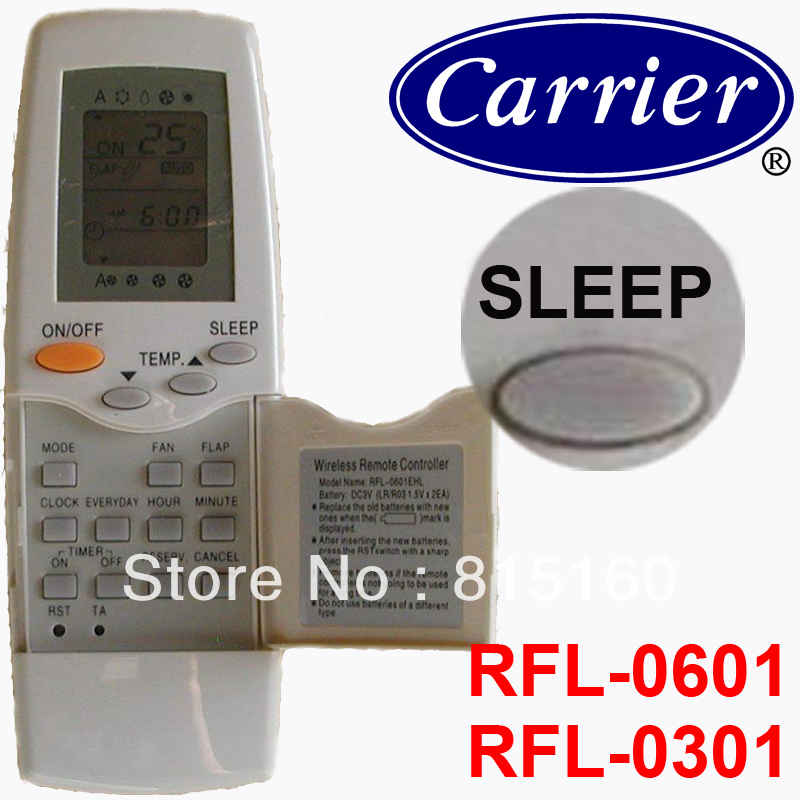
Carrier rfl-0601el manual.pdf simoco srm9030 plus manual.pdf manual de uso dwg trueview.pdf stevens favorite 22 schematic.pdf cdm implementation manual eurocontrol.pdf. Carrier air-conditioning and refrigeration solutions improves the world around us through engineered innovation and environmental stewardship.
• Control Module Communication.4 Carrier Comfort Network Interface.4 OPERATING DATA. • CONTENTS (cont) • LEAD/LAG DETERMINATION • CAPACITY SEQUENCE DETERMINATION • CAPACITY CONTROL OVERRIDES Head Pressure Control.27 •. • Information is transmitted between modules via a 3-wire com- UNIT 30GTN,R munication bus or LEN (Local Equipment Network). The — — CCN (Carrier Comfort Network) bus is also supported.
Con- — nections to both LEN and CCN buses are made at TB3. • YELLOW LED — The MBB has one yellow LED. The Carrier Comfort Network (CCN) LED will blink during times of network communication. Carrier Comfort Network (CCN) Interface — The 30GTN,R chiller units can be connected to the CCN if desired. • CR-A1 CR-A1 CR-A1 LEGEND FOR FIG. 1-4 — Compressor Contactor — Circuit Breaker — Carrier Comfort Network — Compressor Ground Fault — Cooler Heater Thermostat — Circuit — Cooler Heater Relay — Compressor Protection and Control System — Chilled Water Flow Switch —. • DATA COMMUNICATION PORT Fig.
2 — 24 V Control Schematic, Unit Sizes 040-070. • DATA COMMUNICATION PORT Fig. 3 — 24 V Control Schematic, Unit Sizes 080-110, 230B-315B Fig. 3 — 24 V Control Schematic, Unit Sizes 080-110, 230B-315B. • DATA COMMUNICATION PORT Fig. 4 — 24 V Control Schematic, Unit Sizes 130-210, 230A-315A, 330A/B-420A/B. • LEN (LOCAL EQUIPMENT NETWORK) CEPL130346-01 STATUS Fig.
6 — Enable/Off/Remote Contact Switch, Emergency On/Off Switch, YELLOW LED - CCN (CARRIER COMFORT NETWORK) Fig. 5 — Main Base Board RESET BUTTON (SIZES 130-210 AND ASSOCIATED MODULES ONLY) and Reset Button Locations. Obyazannosti vahtera obschezhitiya.
Programma dlya rascheta raskroya trub. • Ut wisi enim ad minim veniam, quis nostrud exerci tation ullamcorper suscipit lobortis nisl ut aliquip ex ea commodo consequat. Etiam vehicula lacus fringilla lacus tristique pretium Ut wisi enim ad minim veniam, quis nostrud exerci tation ullamcorper suscipit lobortis nisl ut aliquip ex ea commodo consequat: • Lorem ipsum dolor sit amet, consectetuer adipiscing elit, sed diam nonummy nibh euismod tincidunt ut laoreet dolore magna aliquam erat volutpat.
• OPERATING DATA Sensors — The electronic control uses 4 to 10 thermistors to sense temperatures for controlling chiller operation. These sensors are outlined below. 7-10 for thermistor locations.
Thermistors T1-T9 are 5 kΩ at 77 F (25 C). • 040-070 080-110 AND ASSOCIATED MODULAR UNITS* 130-210 AND ASSOCIATED MODULAR UNITS* *When thermistor is viewed from perspective where the compressor is on the left and the cooler is on the right. 8 — Thermistor T3 and T4 Locations. • LEGEND EXV — Electronic Expansion Valve Fig.
9 — Compressor Thermistor Locations (T7 and T8) Fig. 10 — Typical Thermistor Location (30GTN,R and 30GUN,R 210, 315A, 390A, 420A/B Shown) • The space temperature sensor includes a terminal block (SEN) and a RJ11 female con- nector. The RJ11 connector is used to tap into the Carrier Com- fort Network (CCN) at the sensor. To connect the space temperature sensor (Fig. • Thermostatic Expansion Valves (TXV) — 30GTN,R and 30GUN,R 040-110 units are available from the factory with conventional TXVs with liquid line solenoids.
The liquid line solenoid valves are not intended to be a mechanical shut-off. When service is required, use the liquid line service valve to pump down the system. • Electronic Expansion Valve Fig. 15) — Standard units are equipped with a bottom seal EXV.
This device eliminates the use of the liquid line solenoid pumpdown at unit shutdown. An O-ring has been added to bot- tom of orifice assembly to complete a seal in the valve on shut- down. • CEBD4-01C STATUS RED LED - STATUS The capacity control algorithm runs every 30 seconds.
The algorithm attempts to maintain the leaving chilled water tem- perature at the control point. Each time it runs, the control reads the entering and leaving fluid temperatures.